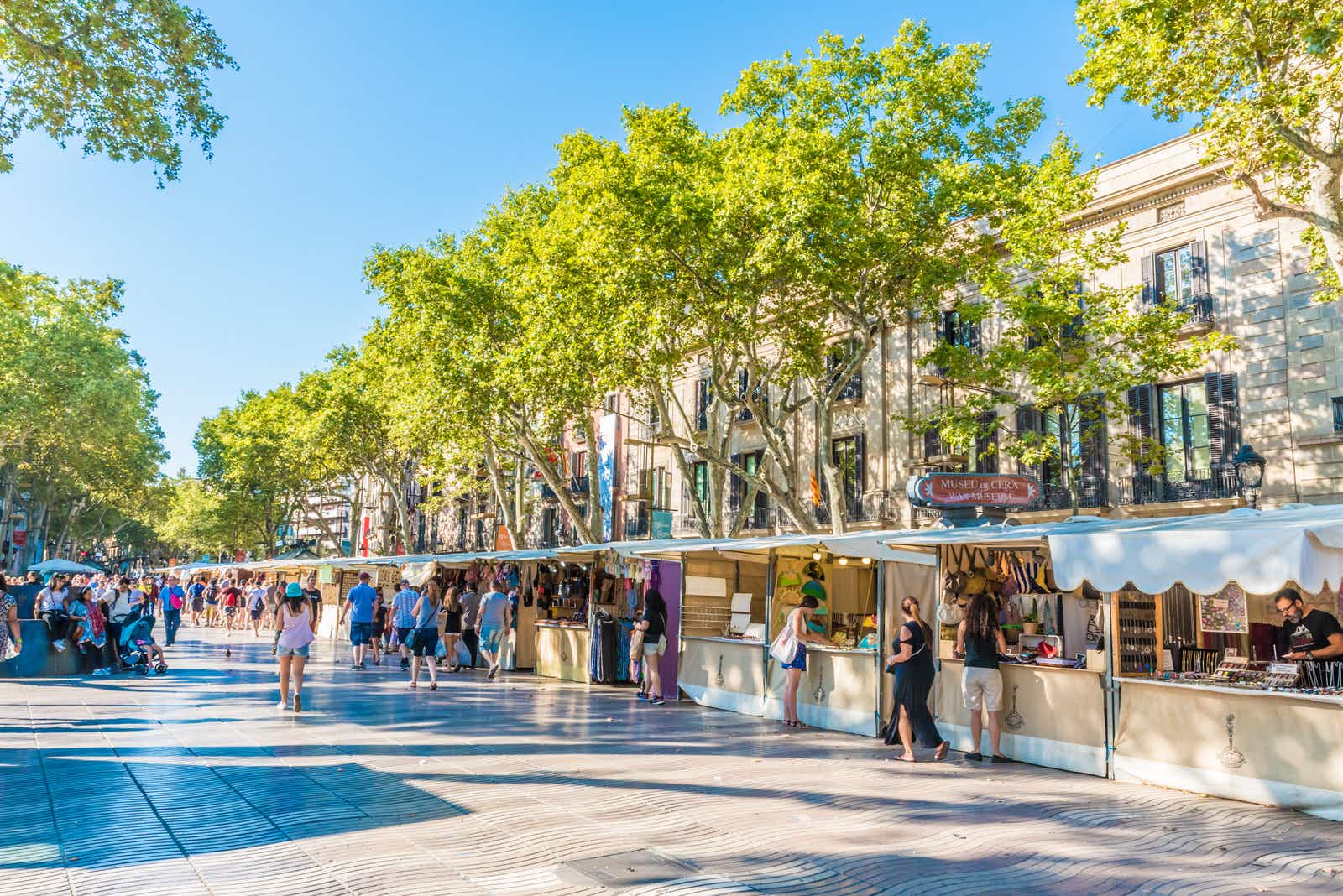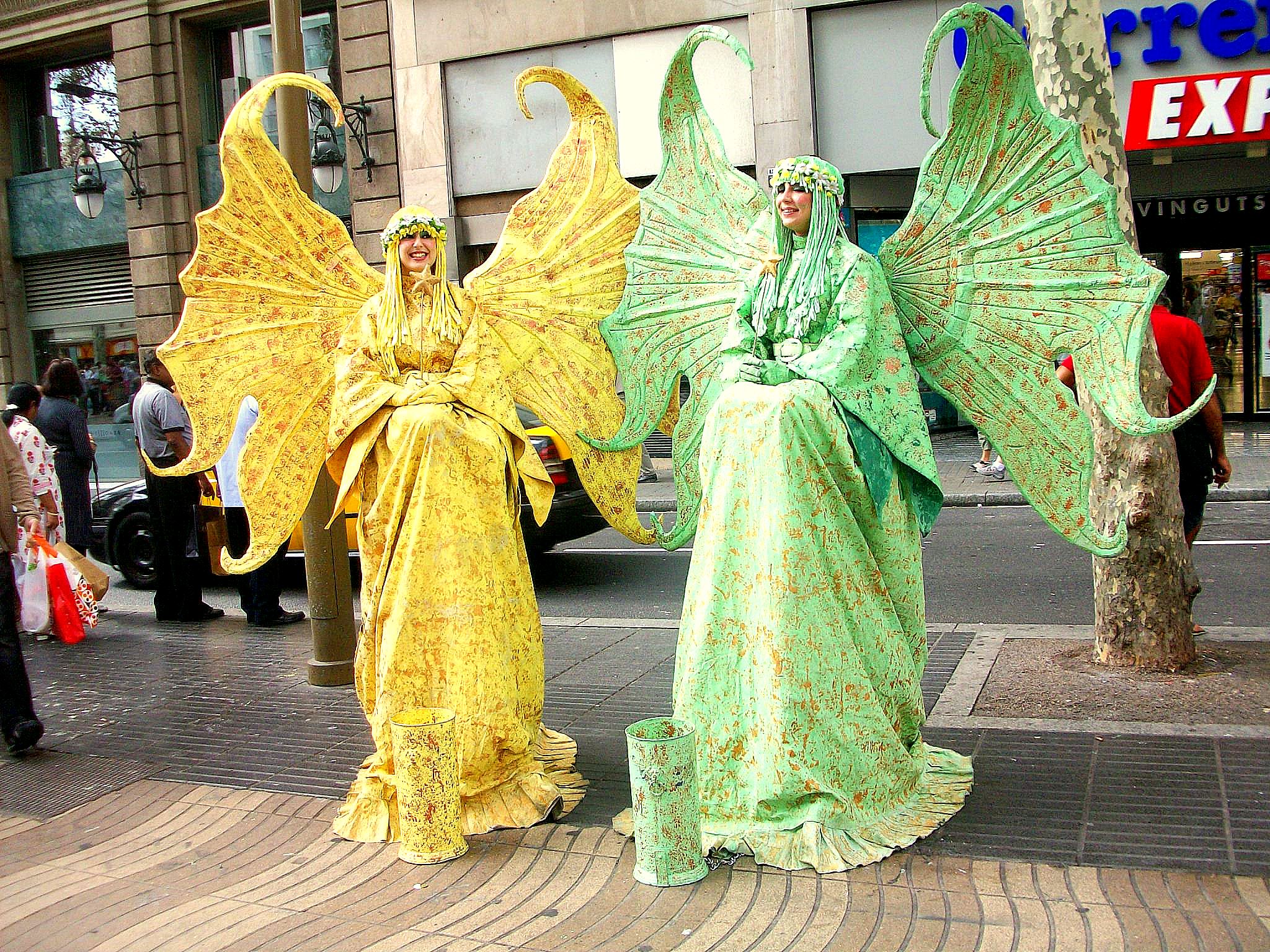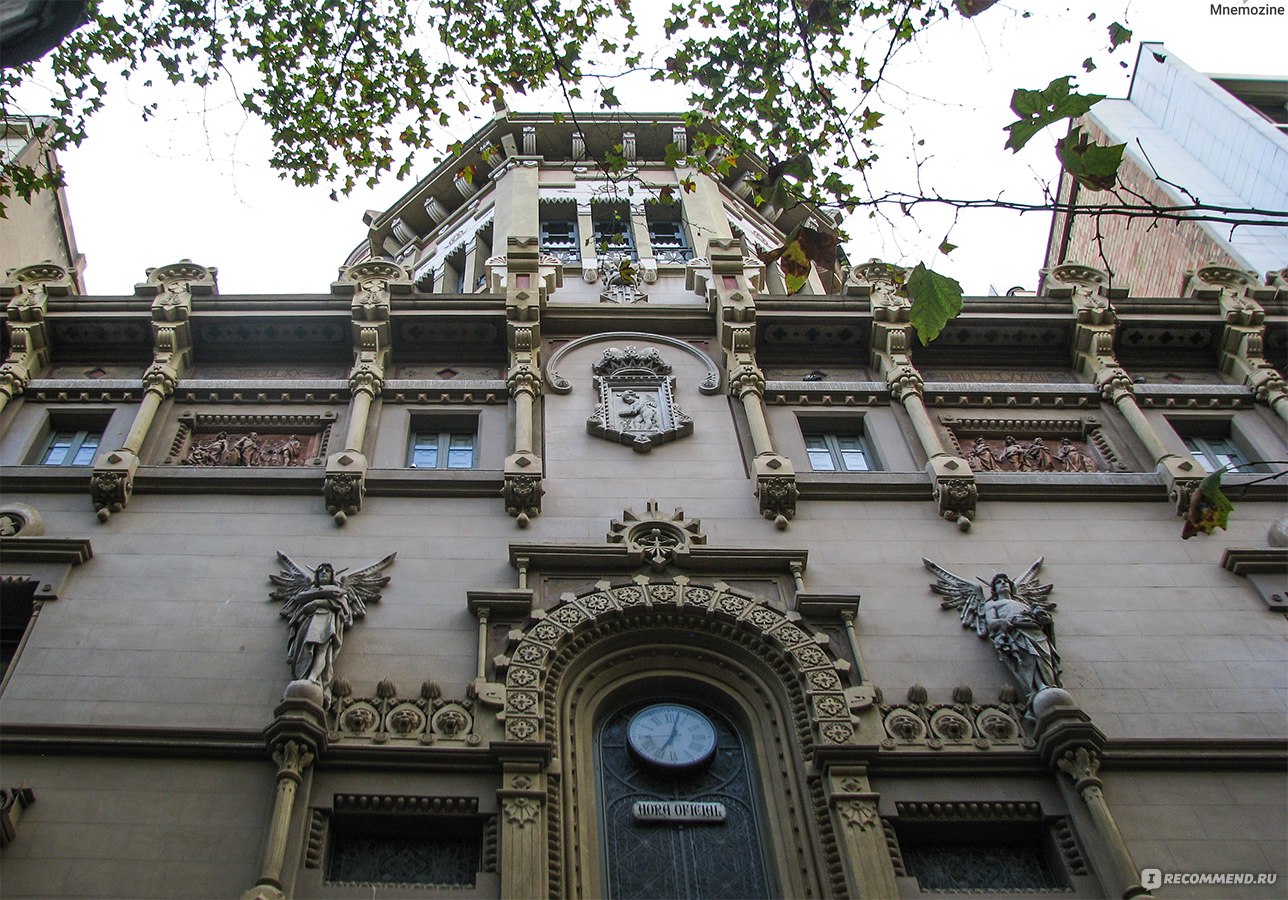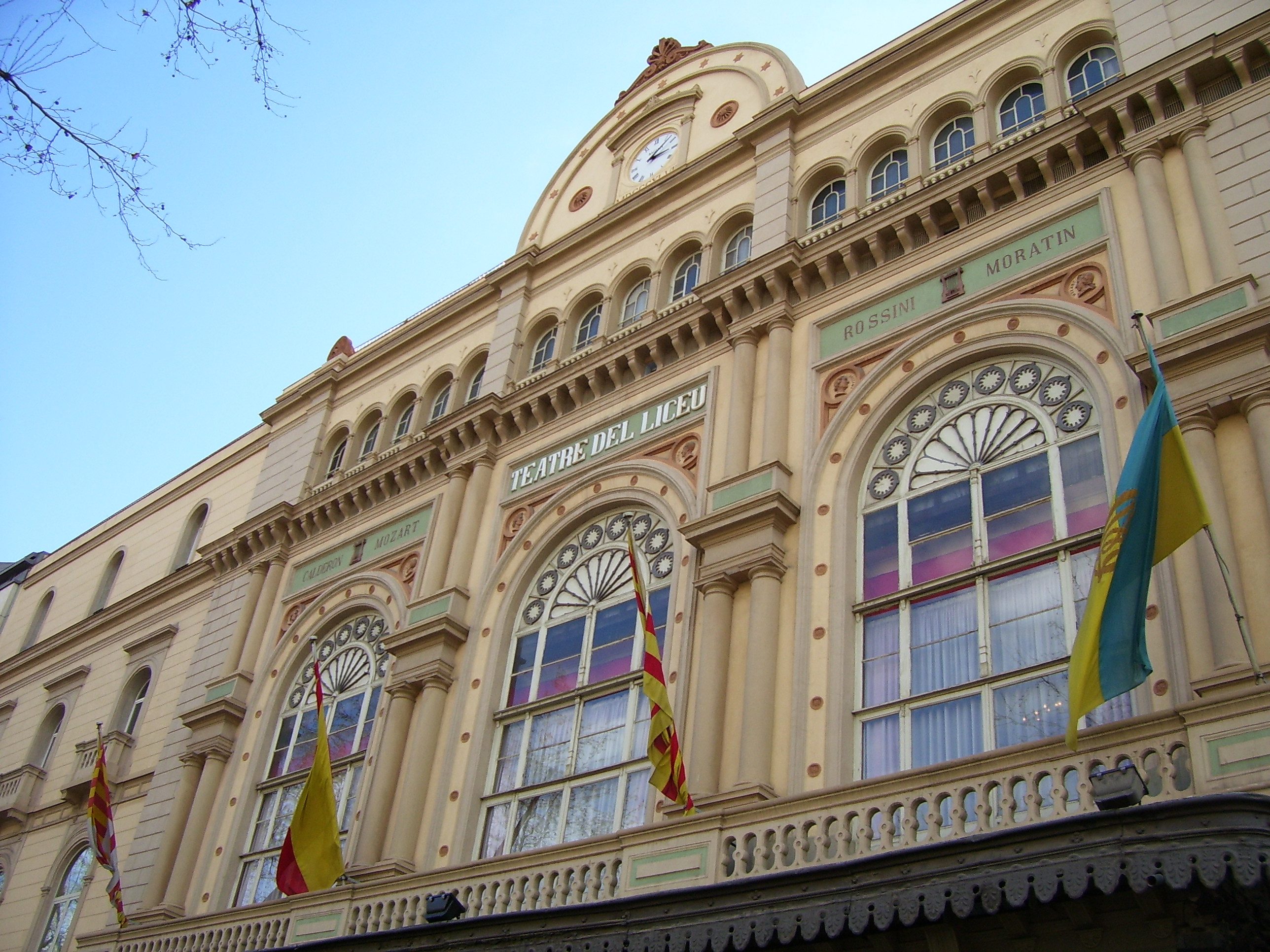History of the street: Las Ramblas

Strolling along Las Ramblas, passing by attractions, stalls with incredibly delicious street food and a lot of travellers from around the world, it is difficult to believe that the story of this street which is nowadays a window into Catalan culture, began rather modestly. In the Middle Ages there was a very long sewage-filled stream-bed, which provided the city with a much needed protection from heavy rains. Only in the 16th century, when Barcelona started growing rapidly in all directions, the city authorities decided to turn the drain into a modest street, linking the current squares Plaça de Catalunya and Plaça del Portal de la Pau. In 1701 here appeared the first green spaces, shops and residential homes, and in 1971 the famed artist Joan Miró created his legendary mosaics here. So the former ditch acquired appearance most similar to the present look. Photo lonelyplanet.com
Photo lonelyplanet.com
The most popular street of the city, not only makes the way from Plaça de Catalunya to the waterfront, but separates the quarters of El Raval and Barri Gòtic (the Gothic Quarter), so it is simply impossible to ignore it, as it is the very heart of Barcelona. Residents of the Catalan capital are very fond of their promenade boulevard and even divided it into five sections: the Rambla of the Channels (La Rambla de Canaletes), the Rambla of Studies (La Rambla dels Estudis), the Rambla of the Flowers (La Rambla de les Flors), the Rambla of the Capuchins (La Rambla dels Caputxins) and La Rambla de Santa Mònica. The names of these stretches come from the main attractions located there. For instance, La Rambla de Canaletes is the site of the Font de Canaletes drinking fountain. It quenches thirst in the hot city, and serves as a popular a tourist magnet. Nowadays people claim that anyone who drinks from the fountain will return to Barcelona as connection is forever. This spot is also a favourite meeting point for enthusiasts of the local football club, so Messi fans are sure to enjoy the place. The next part of Las Ramblas - the Rambla of Studies – used to be a home to the 18th century Jesuit University, but, ironically, the royal government closed it because of "the spread of dangerous thoughts." Today, the most important objects of the site are the baroque style Church of Bethlehem, the Teatre Principal and the market, where they sell birds and animals. Photo thespainscoop.com
Photo thespainscoop.com
Moving towards water we come to the middle of the street - the Rambla of the Flowers. In addition to many flower shops of all sizes, there is something to see: a grandiose Palace of the Viceroy's wife (Palau de la Virreina) built in 1775, or the mentioned above Miró’s pavement mosaic art work which may make your eyes dazzled. Another mandatory point on the Rambla of the Flowers is La Boqueria market, a leader in quality and quantity of the product assortment of Barcelona. Nearby, just behind the House of Quadras, also known as the House of Umbrellas (once they were actively sold there), starts the Rambla of the Capuchins famous for the first theatre of Barcelona Principal and dominated by Gran Theatre del Liceu. This area is a real open-air exhibition of art: souvenir hawkers, buskers, pavement artists, mimes and living statues all part of the ever-changing street scene. Local hipsters and artists just love pubs and cafes in the doorways and yards buzzing with bohemian and creative atmosphere. Photo Palau de la Virreina irecommend.ru
Photo Palau de la Virreina irecommend.ru Photo Casa de los paraguas flickr.com
Photo Casa de los paraguas flickr.com
The final section of Las Ramblas was named after St. Monica, there is the Plaça del Portal de la Pau (which means "the Gates of the World") as the sea is quite close. Logically, it is crowned with the majestic monument to Columbus (the Mirador de Colom) - 80-meter column is one of the symbols of the city. During high season, which in Barcelona lasts from the end of the winter to the late autumn, the place is full of outdoor cafes, where you can quietly relax after a walk, eat a delicious ice cream and enjoy the water expanses, and so gain strength you need to move to... the sixth part of Las Ramblas. While the old-timers are grumbling, but young generation and the city authorities believe that the futuristic pedestrian bridge, built specially for the 1992 Olympics, is nothing else but the Rambla of the sea (La Rambla de Mar). You can walk on it, feeling fresh sea breeze, and reach a large Maremagnum shopping mall. So, this segment shall be considered as a part of the famous Barcelona walkway. Photo brianwise.net
Photo brianwise.net
Experienced tourists are very fond of Las Ramblas for its festive mood and vibrant life. No wonder that it hosts all the parades which are another recognizable attribute of Barça. However, as for interesting institutions and authentic cafes, you’d better look for them in the neighbourhoods, like the Gothic Quarter, as the main pedestrian street of the city is first and foremost a manifestation of luxury, elegance, location of fashionable restaurants and extremely high prices. Only the street food and soft drinks are worthy of attention. Spaniards love walking there, along more than a kilometre one can savour the beautiful tapestry of life that this famous Barcelona street weaves. And for food, souvenirs and shopping you are advised to go somewhere to the side, especially if the budget is running out. Photo iexplore.com
Photo iexplore.com
Cover photo cntraveler.com





















